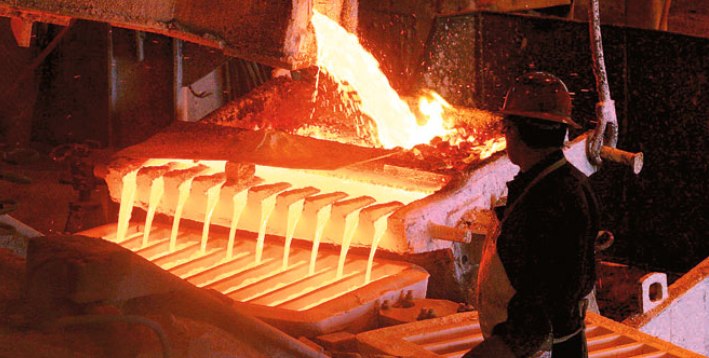
EspañolMuch has been said about the external forces driving the depreciation of the Chilean peso against the US dollar, but not enough about the domestic causes.
In short, there are two external factors at play and one internal. On the one hand, the US currency has rebounded, while China’s growth has slowed down. On the other, Michelle Bachelet’s far-reaching reforms have sent waves of uncertainty across all economic sectors in Chile.
Rather than the peso losing value, it is the dollar that is climbing. It is no coincidence that most Latin American currencies, to a greater or lesser extent, are sinking against the dollar.
Expectations that the US Federal Reserve may soon raise interest rates, bolstering worldwide demand for dollars, could widen the gap.
China’s role in this is also quite significant. Since 2001, Chile’s exports to China have quadrupled. A decrease in China’s growth sent copper prices tumbling down, triggering alarms and building up a climate of uncertainty in the South American nation. Therefore, both currencies have tanked, unleashing further depreciation.
Despite key forces at the international level, the domestic circumstances remain relevant. President Bachelet’s reforms continue to generate uncertainty, and it doesn’t help that political leaders offer few explanations. Instead, the government is sending entrepreneurs the wrong message, scaring away foreign investment from the country.
[adrotate group=”7″]
The fact that these global economic shifts and domestic uncertainty have led to currency problems is no surprise. However, while these external shocks are out of Chile’s control, the country must get its local politics in order.
Considering that the United States has only recently begun its policy of monetary expansion, and that China is expected to grow less, it must be a priority for the Chilean government to put the private sector at ease. It is they, after all, who generate the wealth.
Otherwise, the Bachelet administration will only continue to add to the Chilean peso’s depreciation.
 Versión Español
Versión Español












